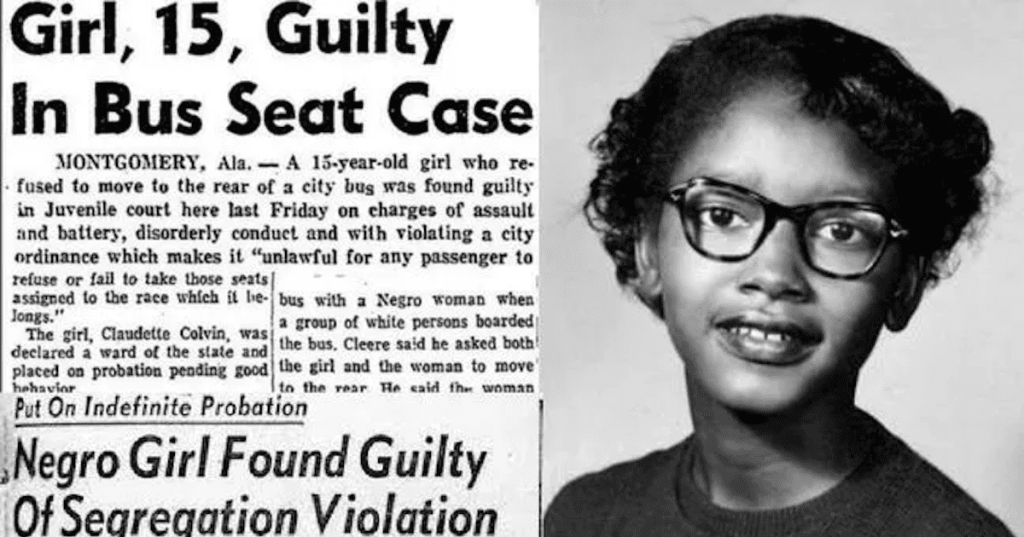Although February is Black History Month, it is always important to know Black history if you want to be able to understand America.
The achievements of Black people have often been downplayed or overlooked in our history books and schools, and that is an extreme disservice to the Black community – the people upon whom this country was built.
Here are 5 lesser-known facts about Black history.
1. The most iconic lines from Dr. Martin Luther King, Jr.’s “I Have a Dream” speech were improvised.
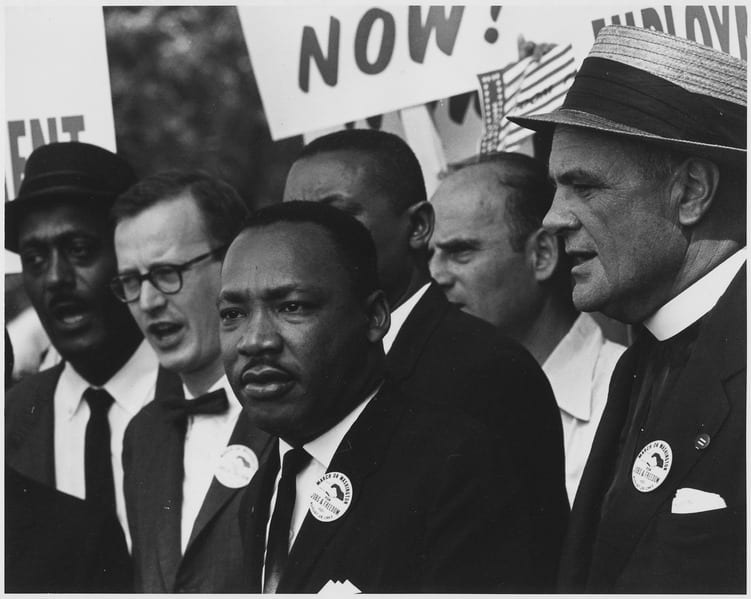
Photo credit: Wikimedia Commons
King had been working with advisers to craft his speech for the 1963 march on Washington. When King took the stage, the audience was tired but excited to hear what he had to say.
King changed the course of his speech, shifting from a speech to a sermon. His speechwriter is quoted as saying, “These people out there today don’t know it yet, but they’re about ready to go to church.”
Singer Mahalia Jackson was also on the stage, and she reportedly kept saying, “Tell ’em about the dream, Martin,” to King.
King told America about his dream, that his “four little children will one day live in a nation where they will not be judged by the color of their skin but by the content of their character.”
2. Bessie Coleman was the first Black female pilot.
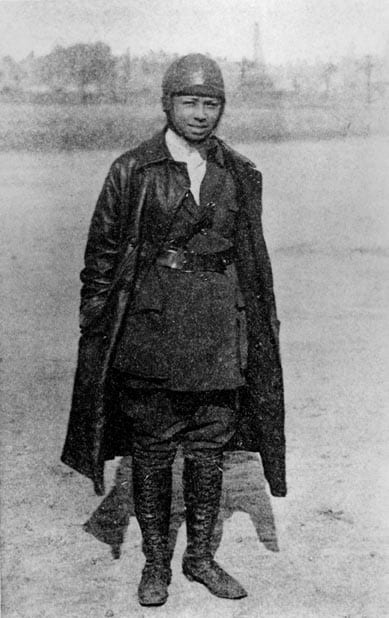
Photo credit: Wikimedia Commons
Coleman fell in love with the idea of flying, but had to get her pilot’s license in France due to segregation in the United States.
She performed exciting stunts in venues across the U.S., and refused to perform anywhere that didn’t allow Black people to attend.
She died in a plane accident in 1926 at just 34 years old.
3. Bayard Rustin organized the March on Washington.

Image Credit: Wikimedia Commons
Rustin organized the march in just eight weeks. He was also openly gay.
He played a key role in encouraging the civil rights movement to embrace nonviolence.
Many opponents to the civil rights movement tried to use Rustin’s orientation against him, but he persevered and continued to work as an activist for the rest of his life.
He was awarded the Presidential Medal of Freedom posthumously by President Barack Obama in 2013.
4. Claudette Colvin and other women refused to give up their seats before Rosa Parks.
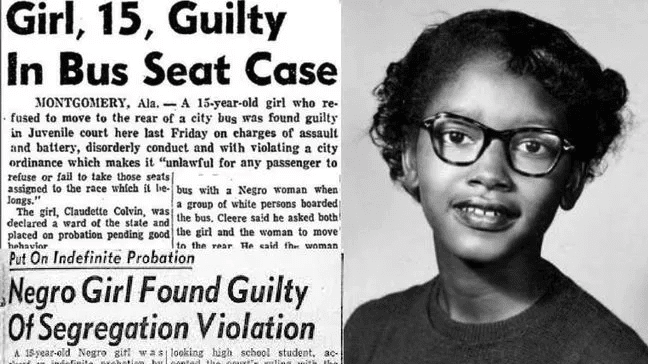
Image Credit: Wikimedia Commons
Rosa Parks is an iconic civil rights figure, but there were other women who refused to give up their seats first. Claudette Colvin was one of these women.
Several months before Parks, Colvin was riding home from school when she refused to give up her seat, saying it was her constitutional right to sit there. Colvin was just 15 years old. She was arrested, and the NAACP considered using her case to challenge segregation laws, but decided not to pursue it due to her age and her status as an unwed mother.
She became a plaintiff in Browder v. Gayle, which ruled that the Montgomery bus laws were unconstitutional.
She eventually moved to New York City.
5. Betty Boop was inspired by Black jazz singer Esther Jones.
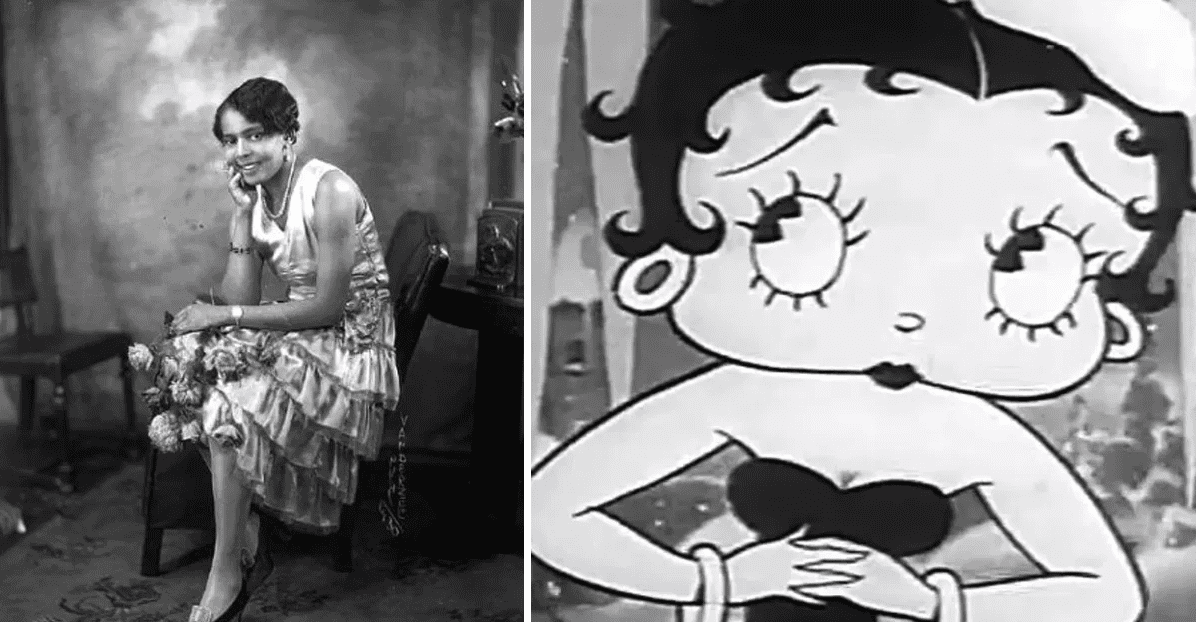
Image Credit: Sawarimi
Esther Jones, known as “Baby Esther,” performed regularly at the Cotton Club in the 1920s. Her signature style included the “boops” associated with the cartoon character. Cartoonist Max Fleischer introduced the character in 1930.
Which of these facts did you find the most interesting?
Let us know in the comments!

